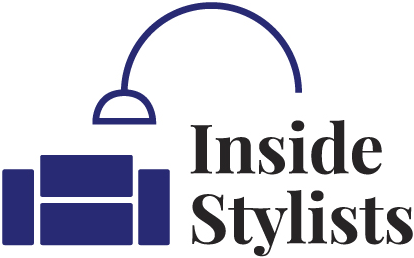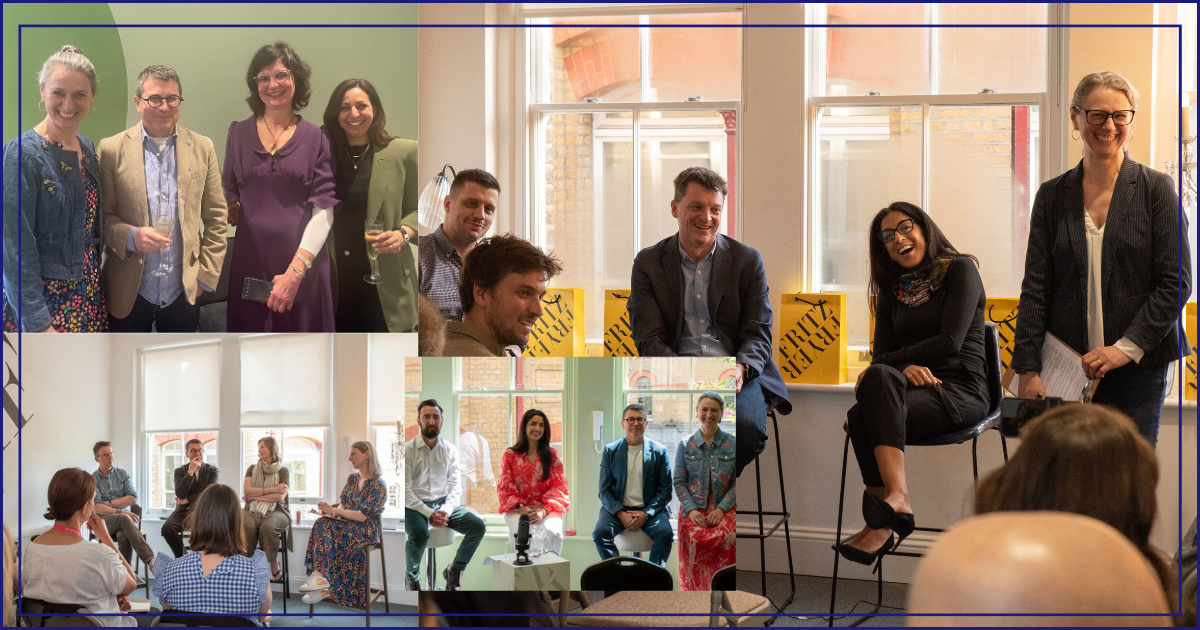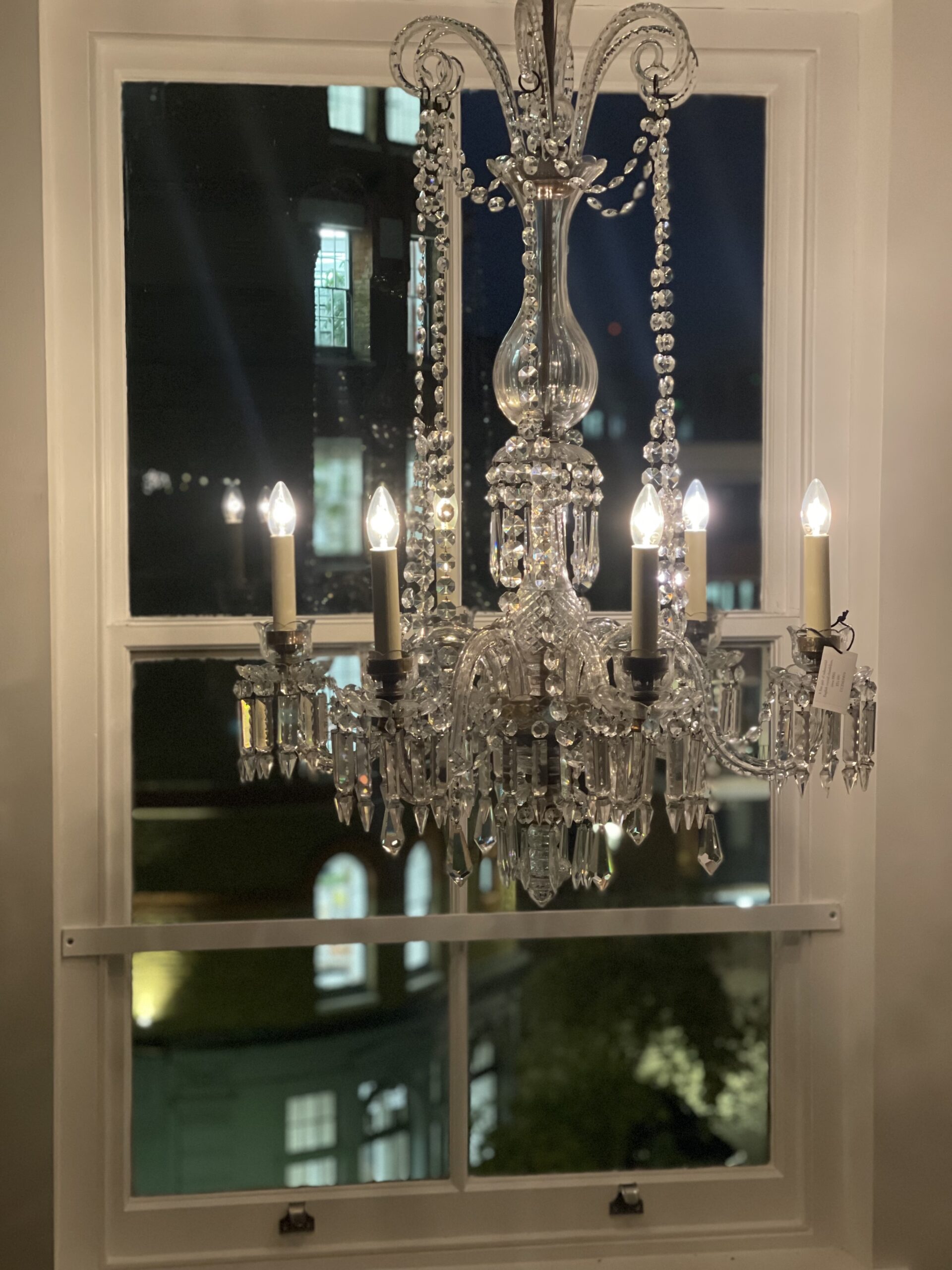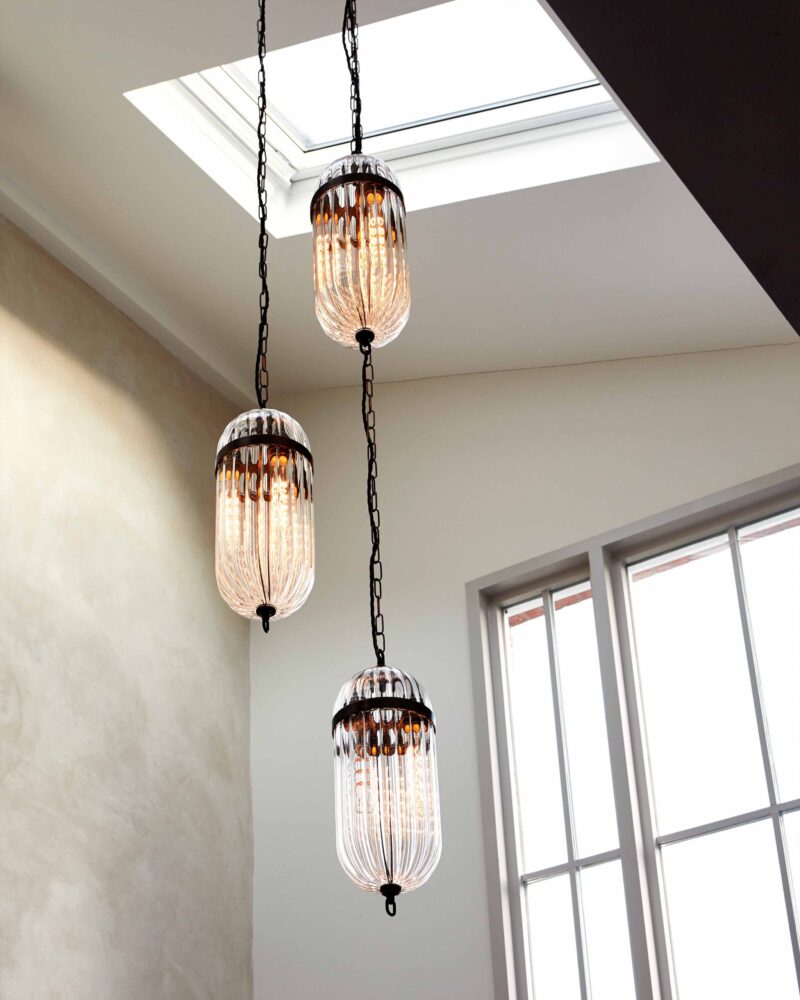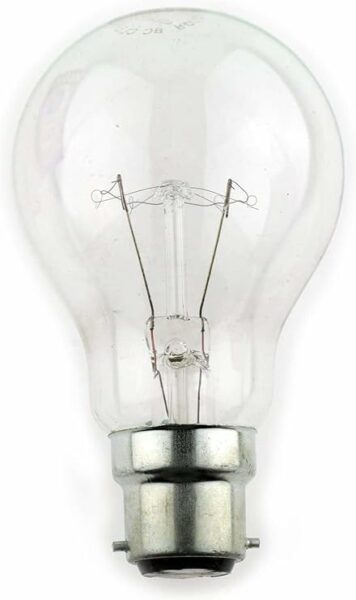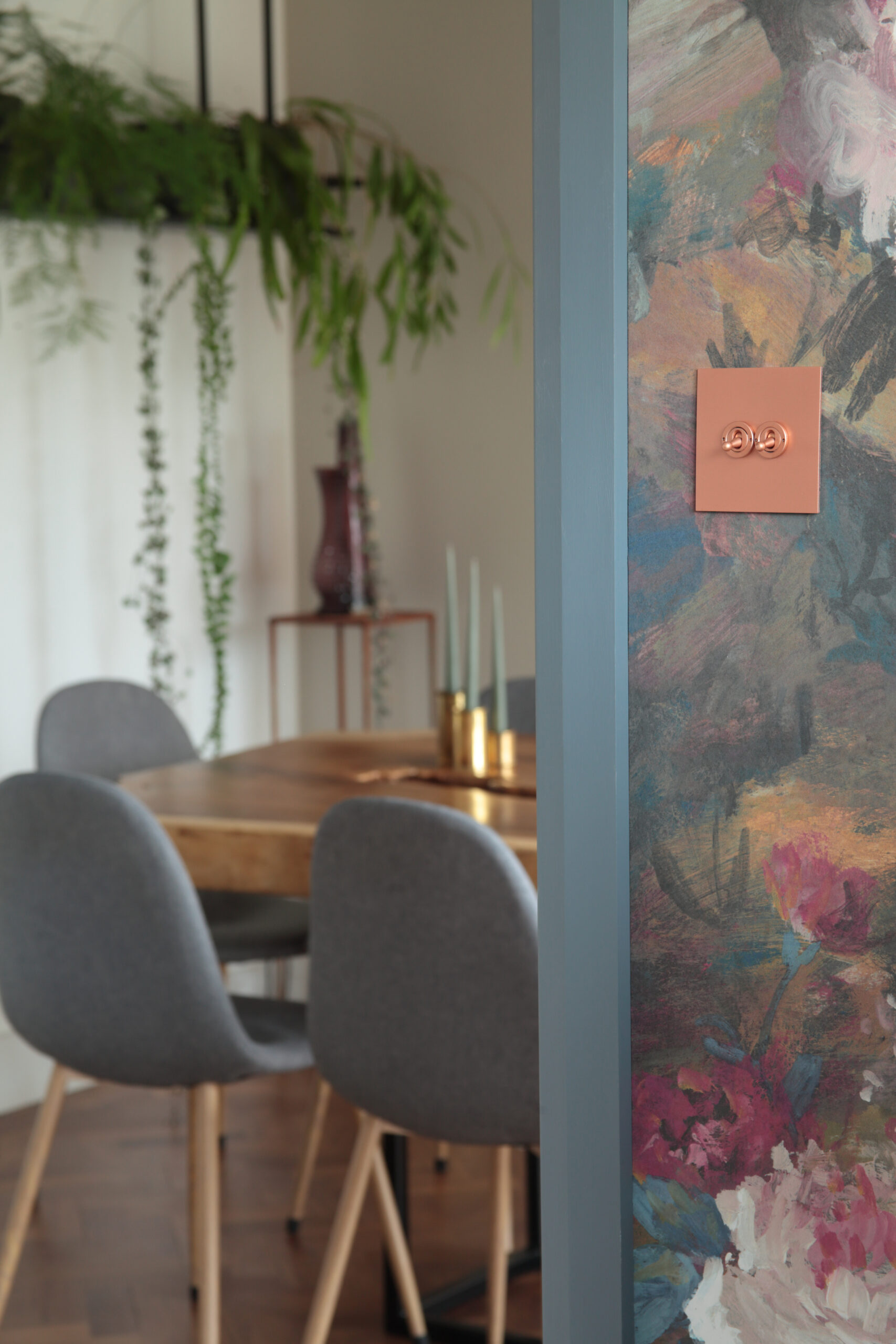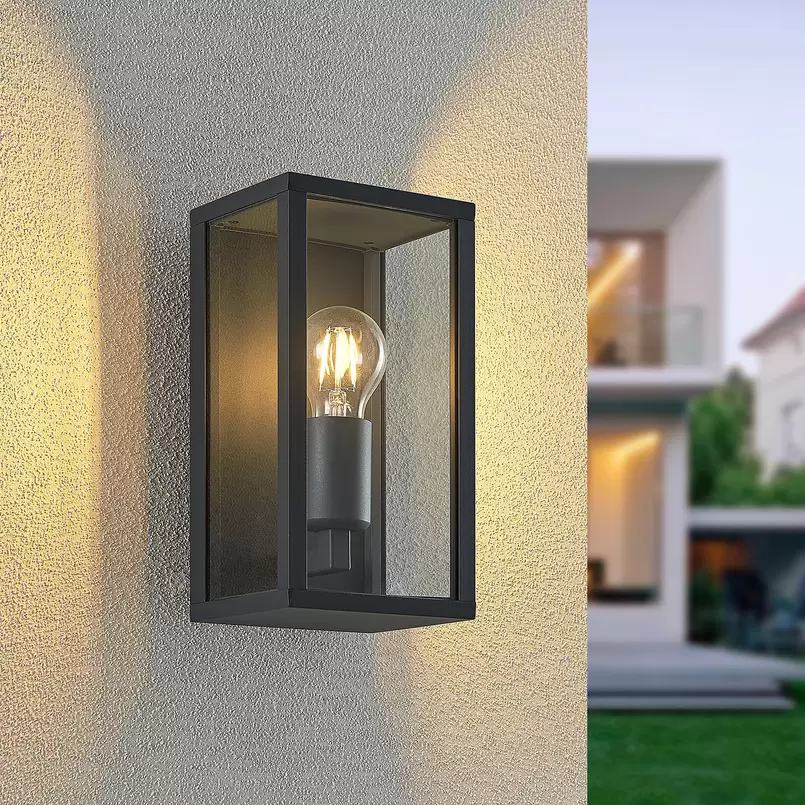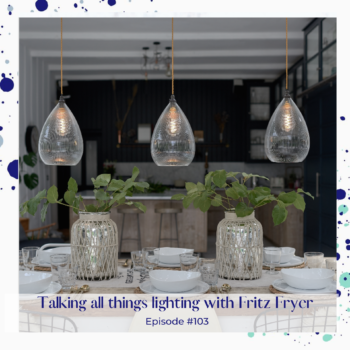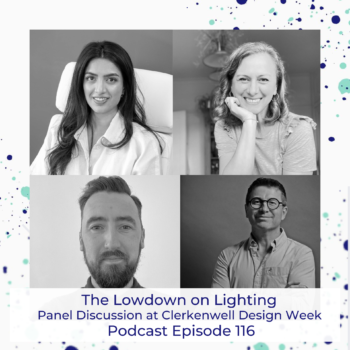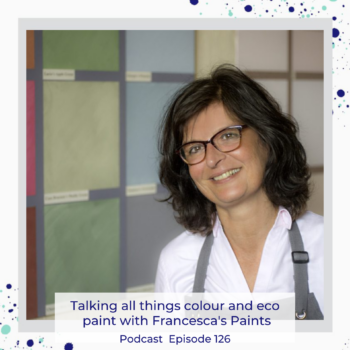Disclosure: This post may contain affiliate links meaning when you purchase through links on our site, we may earn a commission, at no cost to you. Thank you for your support. Here’s how it works
9 things I’ve learnt about lighting Design from the experts
Ah, lighting design. A crucial part of any interior design project, but from what I’ve heard it’s the element that often gets left till the end of the planning and the end of the budget too! Well, if the client has anything to do with it anyway.
I’ve hosted a fair few Lighting themed panel discussions and to be completely honest I’ve learned a ton about lighting from them. The host always has a wealth of knowledge and the guest panelists are experts in their fields too so between Fritz Fryer co-owner Simon Wallis Smith, Lighting Designers, Interior Designers, and Architects I think I’m pretty much an expert in lighting now! (enter wink emoji). Want to know what I have learned that will help you? Here you go.
1. Consider Natural Light
Before rushing to install an array of artificial lighting stop and think about where natural light enters your room and how it affects the mood of the space at different times of the day. If you have big patio doors you may find you don’t need tons of lighting whereas a smaller north-facing room may need many layers of lighting. But don’t forget about how the room will look in the nighttime. Patio doors with no window treatments can be big, dark, black window panes at night so you need to plan for that.
2. Layered Lighting
I’d never thought of lighting in a room as “layered” but of course it is! In the same way you would layer up textures in a living room, so too do you need to layer up the lighting to create depth and dimension in your home. Think about how you use the room. A living room may be a home office in the day – which needs task lighting whilst in the evening you may want to set the mood with dimmable overhead lighting to watch Netflix. If you’re entertaining and having drinks in there you may want table lamps set to low light temperature (more on this in a sec) to create a relaxed atmosphere. The art of lighting lies in creating layers.
3. Colour temperature
Colour temperature in home lighting refers to the hue of light produced by a light source. It’s measured in Kelvins (K) and describes the warmth or coolness of the light emitted by a bulb. Understanding colour temperature is essential when choosing the right lighting for various areas in your home as it significantly impacts the mood, ambiance, and functionality of a space. Simon Wallis-Smith talks about this in more depth on our podcast recording of one of our panel discussion
I’ll give you a quick lowdown.
Colour temperature scale ranges from warm to cool light
- Warm Light (2700K-3000K)
This range produces a cozy, inviting, and relaxed atmosphere. It’s like the warm, golden glow of traditional incandescent bulbs and is often used in living rooms, bedrooms, and dining areas to create a relaxed atmosphere. - Neutral White (3500K-4000K)
Falling between warm and cool, neutral white light gives a balanced and natural appearance. It’s often used in kitchens, offices, and workspaces, where focused work and functionality are essential. - Cool Light (5000K-6500K)
Cool light emits a crisp and bright ambiance. It’s very close to daylight and is suitable for tasks that require focus and attention to detail. Cool light is commonly used in bathrooms (hello, applying make-up during the winter months!), garages, and outdoor spaces.
When choosing the right colour temperature for your home, really think about how you’ll use each room and the feeling you wish to evoke. Warmer tones are better for relaxation and comfort, while cooler tones are ideal for productivity and tasks. Combining different colour temperatures (and creating layers) in different areas will help create a space that looks and feels great for every occasion.
4. Fixture Placement – wiring.
Where you place your lighting will have an immense effect on how a room feels. During one panel discussion, Rukmini Patel shared how planning out where your furniture goes first makes the overhead lighting easier to position as well as the “sparks knowing where to put plugs. If your sofa is in the middle of a living room you know you’ll need plugs in the floor. You’ll know where any big pieces of art will go and therefore you may need an accent light to illuminate it. Once the floorplan is done you can plan your lighting design properly.”
On another panel, Simon Waller-Smith shared that it’s a good idea not to position a light above a kitchen island when there is a roof lantern above. It makes the wiring difficult to conceal.
If this is something you think is too complicated you can hire an interior designer or lighting designer to advise you.
5. Lightbulbs
I can’t believe we’ve got this far and I haven’t mentioned lightbulbs yet. So, I know you probably know what kind of lightbulbs are available right now but for those that would benefit from a list with a mini explanation (and for me when I need a reminder) – here they are.
Incandescent Bulbs: These are the traditional light bulbs that we were using for many years. The old school ones. They’ve been massively phased out since the EU directive (EC 244-2009) set out a timetable for phasing out incandescent and halogen light bulbs and in September 2016 all incandescent light bulbs were banned. It’s taken a few years to use the old stock up to the extent that now in 2024 it’s increasingly difficult to find them.
![]() Compact Fluorescent Lamps (CFLs): CFLs are energy-efficient alternatives to incandescent bulbs. They use less energy and last longer, but they contain small amounts of mercury and should be recycled properly at your local waste and recycling centre.
Compact Fluorescent Lamps (CFLs): CFLs are energy-efficient alternatives to incandescent bulbs. They use less energy and last longer, but they contain small amounts of mercury and should be recycled properly at your local waste and recycling centre.
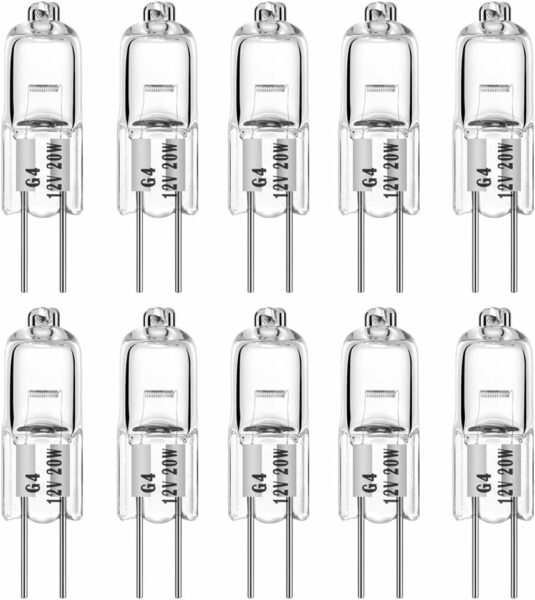 Halogen Bulbs: Halogen bulbs are similar to incandescent bulbs but are more energy-efficient. They produce a bright, white light and are commonly used in spotlights and floodlights.
Halogen Bulbs: Halogen bulbs are similar to incandescent bulbs but are more energy-efficient. They produce a bright, white light and are commonly used in spotlights and floodlights.
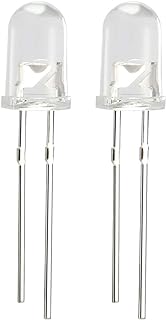 Light Emitting Diode (LED) Bulbs: LED bulbs are the most energy-efficient option available. They use significantly less energy than incandescent and CFL bulbs and have a much longer lifespan. LED bulbs come in a variety of shapes, sizes, and colors, making them suitable for loads of applications.
Light Emitting Diode (LED) Bulbs: LED bulbs are the most energy-efficient option available. They use significantly less energy than incandescent and CFL bulbs and have a much longer lifespan. LED bulbs come in a variety of shapes, sizes, and colors, making them suitable for loads of applications.
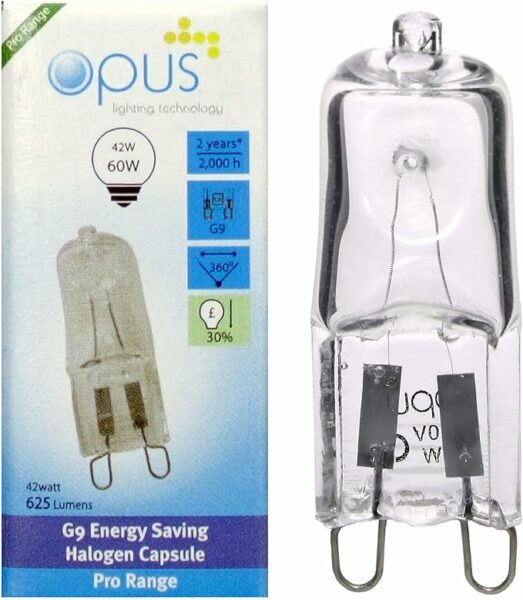 Halogens (Energy-saving): These are a type of halogen bulb designed to be more energy-efficient than traditional halogens. They typically have a longer lifespan and use less energy.
Halogens (Energy-saving): These are a type of halogen bulb designed to be more energy-efficient than traditional halogens. They typically have a longer lifespan and use less energy.
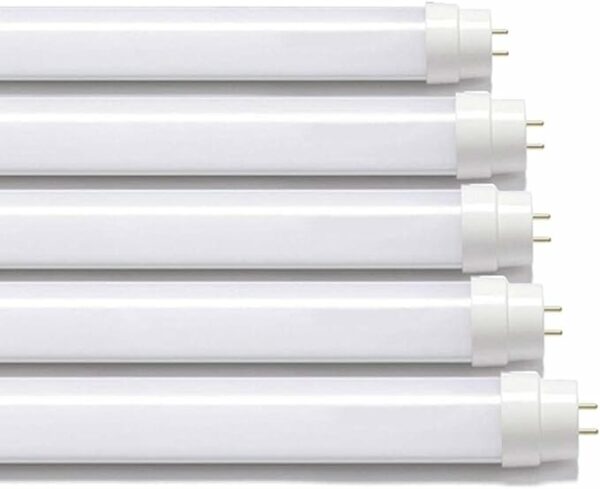 Fluorescent Tubes: These long, tube-shaped bulbs are commonly used in commercial settings, such as offices and warehouses. They are energy-efficient and produce a bright, even light.
Fluorescent Tubes: These long, tube-shaped bulbs are commonly used in commercial settings, such as offices and warehouses. They are energy-efficient and produce a bright, even light.
These are the most commonly used bulbs but there are more coming to the market all the time with more eco credentials to consider.
6. Lighting can be sustainable
There’s a whole world of discussion to be had about lightbulbs and whether they are recyclable or not. In the past bulbs would use up lots of energy, get very hot and need replacing often – BUT the majority could be recycled. Now, modern light bulbs last longer but are NOT recyclable or are not easily recyclable. When you think about how half the UK doesn’t even recycle milk bottles you can imagine how many will take extra steps with lightbulbs – but that’s another story for another day. Anyway, here’s a little of what I have learned about being sustainable in lighting…
LED lightbulbs and Energy Efficiency
LEDs last longer, consume less power, and emit less heat compared to traditional bulbs, making them a more green choice but they can’t all be recycled by chucking them in your regular household recycle bin. Most council tips can recycle them for you. You need to keep them separate and put them in the right bin.
So how to recycle lightbulbs in a nutshell…
Buying power
The easiest way to remain eco is to watch what the constraints are with a new light. Sometimes when purchasing a new light fitting the whole thing has a permanent lightbulb fitted. For example, some spotlights have integrated lightbulbs so the whole fixture needs replacing after 5-8 years, instead of just the bulb. You don’t want to have to call an electrician every time a bulb goes so make sure new lighting can take individual bulbs.
Sustainable choices
Another eco option is to source vintage light fittings and have them rewired. In Fritz Fryer’s case, they’ll completely restore antique lighting. They specialize in fixing vintage and antique chandeliers, literally making the missing pieces if necessary. Check out this video of a HUGE chandelier (which arrived in 24 boxes) that they restored a few years ago! Mind-boggling.
Have you often seen old lights and thought they would be more trouble than they’re worth to renovate them? Think again. It’s a great way to be eco-friendly and get an authentic, vintage look.
7. Why lights flicker
This was a total game changer for me. In the first panel I hosted I asked why my living room light flickered when I dimmed it. The answer came back because I had swapped an old light bulb for an energy-efficient one. The very old dimmer switch couldn’t convert the current properly. A quick change to a new switch (thanks to Wandsworth Electrics for letting me have one from a photoshoot I styled for them) and all the flickering went immediately. Netflix without a strobe light. Winner!
8.Lighting controls
Oh. My. Word! This is a minefield. There are so many options – and if I’m honest when the lighting geeks (said with much love – but they really are!) start to talk in depth about lighting controls it all kind of went over my head. THIS is why I’m an interior stylist and not an interior designer. I can hang a beautiful light with a fake electrical wire, from a pole – held up by a photographer’s tripod and shoot it with the pole out of shot. Lighting controls are a whole topic unto themselves, so let’s break it down into bite size Emma chunks.
- Dimmers and Switches: There are lots of options that allow the user to control the brightness of a room to suit their needs. As mentioned, older switches don’t work well with newer, LED lightbulbs.
- Lighting Control Panels: Lighting systems often include a central control panel that allow users to manage and program their lighting settings for different areas or zones within a space.
- Remote Controls: Some systems come with remote controls or apps that enable users to control their lights wirelessly from anywhere in the building.
- Sensors: These allow lights to come on automatically when they detect movement, or if the daylight has faded to a certain level. They can adjust the brightness automatically. This is great for saving energy and kids going to the loo in the middle of the night.
- Integration with Smart Home Systems: Some systems are compatible with smart home platforms like as Amazon Alexa, Google Assistant, and Apple HomeKit.
To automate or not automate. AKA can your mother in law work the lights?
On one of the panel discussions, there was a widespread dislike of automation systems like Lutron by Interior designers, lighting designers, and Architects. They can be difficult to use, a pain to set up and change, and when the mother-in-law comes around to babysit she can’t work out how to turn the lights on and off. They are overly complicated, expensive, and seriously – who really needs to control their lighting with their phone?
The general consensus is they are great for businesses but leave them alone when it comes to family homes. A switch or dimmer is so much easier.
9. Outdoor Illumination
It’s very easy to forget about how outdoor lighting can affect a room inside. If you have big patio doors that have no dressing – as aforementioned, you may have brilliant sunshine streaming in all morning. Great if you want a light-filled room. A nightmare if you’re trying to use a laptop.
At the same time, those big panes of patio glass doors become big, dark, black rectangles at night – kinda gloomy, especially if you don’t like the dark like me. The answer? Put lights up outside to illuminate your outdoor space. It will create a warm glow outside and inside and not look so ominous and dark.
We have a garage at the end of our garden with an extra fridge and freezer. It’s very dark down there so we installed festoon lights along the fence from the back door to the garage door. It looks pretty and lights the way to retrieve milk during the winter months but also looks great inside the house- even if the neighbors think we have Blackpool illuminations in our 19830’s end of terrace
This is just a snippet from four different conversations. there is so much more to lighting design. The thing to remember is that lighting is an art that weaves practicality and beauty into a home. You have many tasks to do at home so plan ahead, leave plenty of budget for your fixtures and fittings and sparky and enjoy the glow.
Thank you to the panelist guests and their educational conversations.
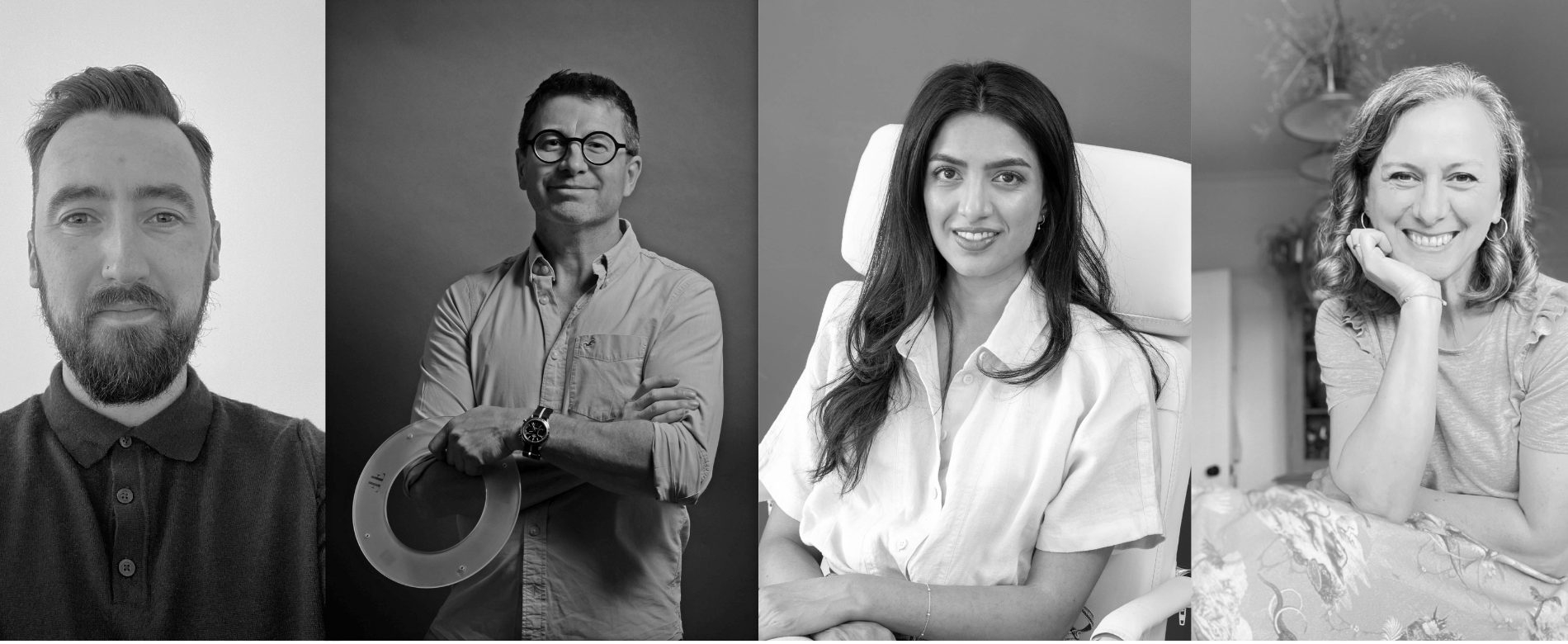 Left to right
Left to right
Darren Parnaby Lights On Design – Lighting Design
Simon Waller Smith – Co-boss of Fritz Fryer and host of all the panels. Check out Fritz Fryer on line here and check out their London Clerkenwell showroom – Thank you Simon for inviting me to host your panel discussions. x
Rukmini Patel Interiors- Interior Designer
Me!
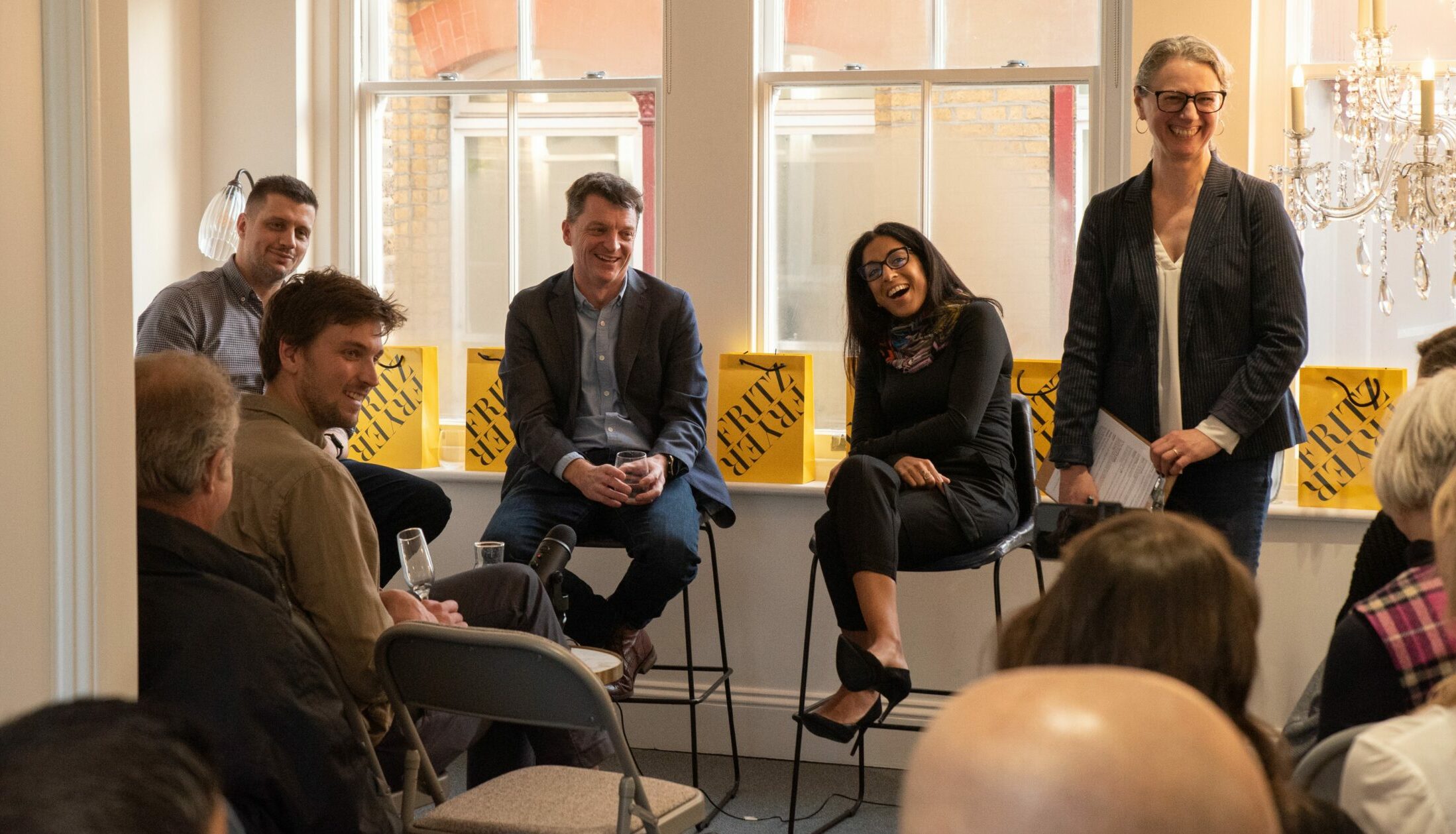
Left to right
Richard Nash – Lighting Desginer at Fritz Fryer
James Munro, Founder of Granit.co.uk An Architect & Interiors
Selena Quick Founder and Interior Designer of Pad London – Kitchens designers
Me! With a very big smile because panel discussions are fun.
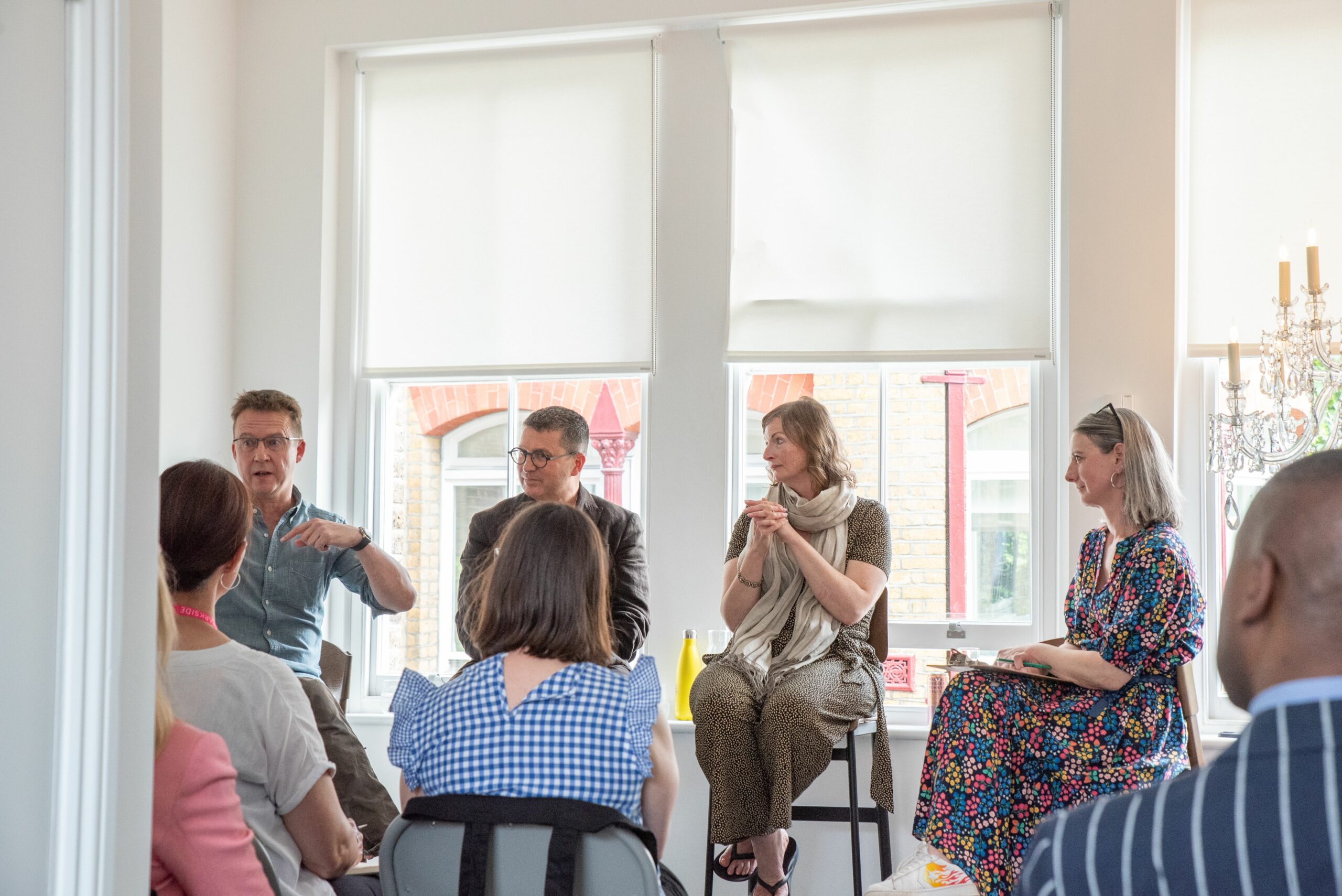
Left to right
Tash South, Interior Designer at South Place Studios
Mark Holloway CEO of Holloway’s of Ludlow for Luxury Design Led Furniture and lighting
Simon Waller Smith – Co-boss of Fritz Fryer
Jennifer Hamilton Director of Architect and Interior Design Studio The Vawdrey House
Me.
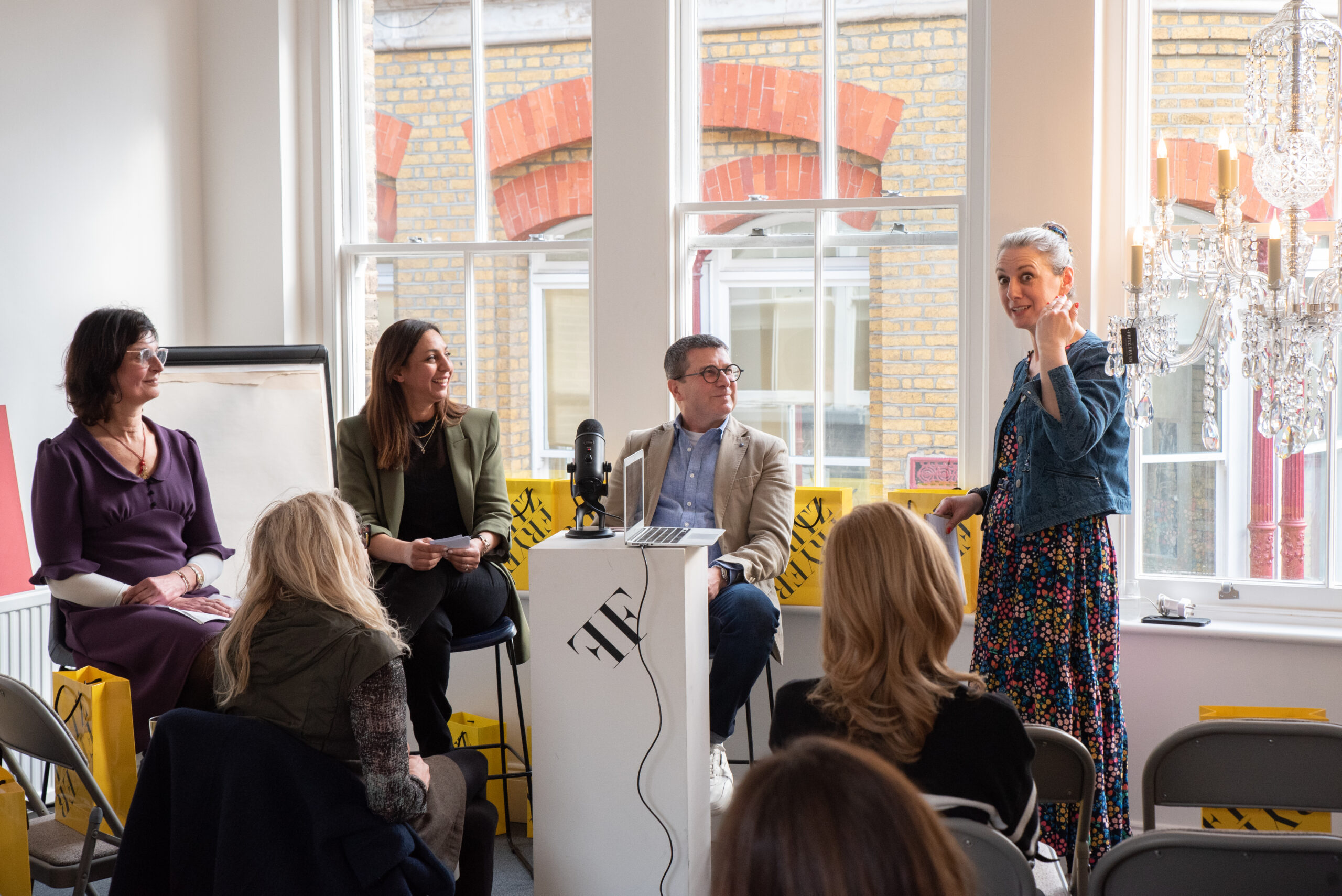
Left to right
Francesca Wezel of Francesca’s Paints You can listen to Francesca talk about her love of colour on our podcast
Tash South of South Place Studios, Interior Designer
Simon Waller Smith – Co-boss of Fritz Fryer
Me – looking like a nutter because I have probably bumped into the gazillion pound chandelier behind me again!
Podcasts mentioned in this post
Click here for the Podcast transcript for this video/podcast
Disclosure: This post may contain affiliate links meaning when you purchase through links on our site, we may earn a commission, at no cost to you.
Thank you for your support. Here’s how it works
